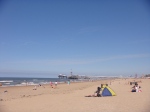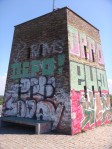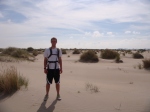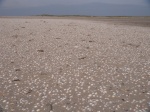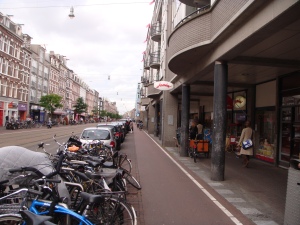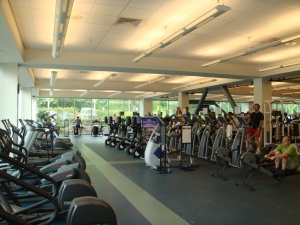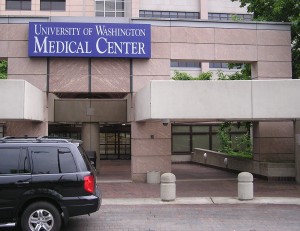Like the city felt sad we were leaving it, the weather was rainy – a light mist really – during the early morning hours of our last official day in Amsterdam. Accustomed to running in the rain, like any good Seattleite, I still took to the streets for one last final run before the final presentation ceremony!
Everyone gathered in the courtyard punctually at 9 a.m. However, as any day with important presentations scheduled, we had a run-in with Murphy’s Law. Waiting for the bus to take us to the VKS with a combination of nervousness and excitement, we neglected to flag down the bus driver. It sped right past us. Standing in the cloud of exhaust, everyone was a little dazed and confused, but as the expert travelers and navigators we have come to be during our stay here, we regrouped and started on foot to our destination. On the bright side, walking is a much more gezellig form of transportation than public buses.
After a combination of walking and hopping on an alternative bus, everyone arrived at the VKS with a spring in their step, alert, awake, and ready to present his or her research. Some final remarks of wisdom from our professors led right into the student research presentations. The next several hours were a grand academic and intellectual adventure through the city of Amsterdam. The journey began with a deep analysis of the Indische Buurt neighborhood, continued with a plunge into the inner workings of the Aya Sofya mosque, and then took a whirl through the streets of Amsterdam on a bicycle. We discovered that ferries can be gezellig. Although in the case of buses and trams – not so much. Next was a jaunt through the illicit, licit, and tolerated activities in Vondelpark, and finally, we were left with visions of urban screens playing in our heads.
A fantastic success everyone! Congrats! Celebrations began with a lively reception in the VKS lobby. A portion of the group carried them on at the brewery underneath the windmill just a short walk from the VKS. It was my first visit, and I would highly recommend it – a fine establishment. Although being in the company of good friends and having the burden of presentations, research, and deadlines alleviated contributed much more to the convivial atmosphere.
This evening, we held the final group dinner at a wonderful Iranian restaurant. Traveling to the restaurant, Clifford led one last procession through the streets of Amsterdam by bike. Once there we relaxed in a small inner courtyard as the food was being prepared. Dinner was fantastic, and soon it came time for some final words from Rob and Clifford. After which each of us had the honor of receiving a certificate of completion.
Rob put in words perfectly what I feel created the best experiences of this program: entrepreneurial learning opportunities. Getting out of your comfort zone, taking chances, and putting yourself in new situations helps us grow, keeps our minds sharp, and enriches life. Thanks to everyone for making this program a fantastic experience!
(P.S. More photos and videos are on their way when I’m at a decent internet connection back in civilization)


